
Mr. Friedhelm Best - Vice President APAC, HIMA
Mr. Friedhelm Best has gone to the farthest corner of the world not only in Singapore's position as Vice President of Asia Pacific. Whether in France, Algeria or Slovakia, he is inspired by the same thing: diversity. As a sales manager in Europe and Africa, and in his current position among Singapore, Malaysia, Australia and South Korea, he has always taken the same open approach wherever he is. This approach is the key to his success. In his business activities and in organizing the structure for teamwork between HIMA teams in the region.
1) What are your thoughts on the future of the oil and gas industry, and the role of i4.0?
Despite traversing through economic highs and lows in past years, the oil and gas industry was significantly affected by the COVID-19pandemic, perhaps due to reduced consumption by global lockdowns that persisted in many nations in Asia Pacific. Forecasts have shown that Asia will only account for 35 percent of year-on-year oil growth in 2022, down from 75percent before the pandemic occurred. With nations now planning to transition to an endemic with very different economic and sectoral dynamics, the oil and gas industry may evolve differently from previous forecasts.
Organizations that adopted Industry 4.0 faced challenges as a result of work from home (WFH) and "safe distancing" restrictions. As organizations shift towards a hybrid work environment whenever possible, the oil and gas industry too has to adapt to such a new paradigm for some of its workforce while retaining the same crisis-preparedness and safety-centric culture as before. Fortunately, safety vendors such as HIMA has successfully deployed secure remote access solutions to facilitate remote operations and maintenance access for operators who are working from home or offsite.
2) How has technology affected your industry in general so far since?
In the digital age, technology is leaping forward by the minute. By 2030, more than 50 billion IoT devices will be used globally, creating a massive web of interconnected devices and sensors. New technologies may introduce new risks, necessitating the adoption of new safety and security measures that can be as automated and as intervention-free as possible. Over the years, HIMA has committed deep research with field successes in new technologies that are customizable, modular, internetworked, remote-access capable, and secure (including the defense against cybersecurity threats).
3) What are your thoughts on new technologies that could help boost safety in the industry, such as blockchain?
Technology is always a double-edged sword. As technologies advance with increasing complexity and pace, risks and threats will escalate correspondingly. Safety and security are now twinned and inseparable for industries, where advancements such as cloud, cyber security, secure systems-on-a-chip (SSoC), and perhaps blockchain, all partake in closing the loop. At a plant or critical infrastructure for example, HIMA has the world's first scalable safety platform with built-in automated security with SIL 3 capabilities (the highest safety integrity level of the IEC 61508standard that is economically viable for industrial operations).
With increasing controller and network capabilities the benefit for the operators will be increased with the valuable use of data. We have now the possibility to gather more data than before and technologies such as AI will allow a better understanding of the plant safety. An operator can build the whole safety lifecycle of a plant in a digital twin. With this digitization and the connectivity to other databases as ERP, new solutions for improved safety and higher productivity are real.
4) What are the biggest challenges that you foresee in the coming years in the Oil and Gas Industry?
With increasingly complex plants, up-to-date safety knowledge for the proper maintenance of plants is critical. Plant operators may have increased risks over time, since existing installations that have aged over decades in use, may have unknown risks with antiquated or deteriorating safety systems within sufficient feedback or insights, or such systems may lack clear audited logs of modifications, documentation, performance, and standards compliance.
With emerging connectivity with industrial and safety systems, cybersecurity threats have emerged as new additional challenges. While technical specialists may be familiar with specifications and features of the installations as well as industry standards and compliance, the laborious need for proper documentation of safety and security analyses may sporadically become forgotten when workloads overwhelm them. And when one specialist leaves the organization, irreplaceable field knowledge is lost within the organization. Therefore, continuous and relentless documentation for processes, systems, and incident response are critical, while new entrants must be given continuous and adequate training to build up the organizational knowledgebase.
5) What do you believe is the best approach to solve these challenges?
Training by experts is a proven way to impart essential knowledge to operators. However, since every safety device at a plant may be unique, the knowledge from technical experts may only address specific parts and not the whole. A detailed safety plan must be developed to ensure that the operational and safety equipment, required expertise and processes a real synchronized. By combining consistent lifecycle management with comprehensive functional safety management, plant operators can achieve along-term solution to address such challenges. The lifecycle management platforms also ensure that all safety-relevant data, impending deadlines, and available expert knowledge within the organization, are all digitally accessible and never overlooked.
6) What are the new trends that your clients can look forward in the Oil and Gas industry?
Fully digitalized business operations - In 2019, Deloitte reported the Digital Maturity Index in the oil and gas industry marks an average of 1.3, one of the lowest scores compared to other sectors. This is an extremely low rating for an asset-heavy sector of such scale and strategic importance. However, the onset of Industrial IoT (IIoT) and increased affordability of sensors, data storage, and data processing have triggered an acceleration in digitalization. Additionally, the worsening oil price volatility and downward pressure on revenues impacted by the COVID-19 pandemic have led to oil firms digitalizing the entire business operations for cost containment and survival. Oil and gas firms that are bold enough to combine business process management with digital technologies will foresee improved productivity while minimizing financial and operational risks.
Predictive maintenance - With artificial intelligence (AI) and machine learning (ML) becoming more entrenched in many industries, including oil and gas, the concept of "predictive maintenance" rather than merely scheduled or reactive maintenance, has become highly sought-after. Predictive maintenance focuses on ensuring optimal working conditions of equipment, reduces downtime, correct suboptimal resource allocation, and assuage security concerns. As the stalwart for smart safety solutions to nine of the ten largest oil and gas companies globally, HIMA has witnessed an increase in the demand for digital systems that assures Smart Safety Management while ensuring high levels of production continuity.
7) What is HIMA's commitment to sustainability and how has it been recognized by the industry and public?
For 50 years, we are providing electrical and electronic safety automation for critical industries. Our aim is to protect people, the environment, and assets from harm. Our customers are handling hazardous material that needs to be captured and separated from the environment. The HIMA safety system ensures a safe shutdown in an emergency case to reduce the risk of an incident.
Another commitment for sustainability is the long life time of our products. We are developing and producing electronic components designed for a lifetime of 20 and more years. Consumers are living in a world where changing to new electronic devices is so common, creating a tremendous amount of electronic waste. The best would be to reduce electronic waste by designing products with future-proof and long-term reliable use. HIMA has taken on a leading role in ensuring safe and sustainable operations that bring positive impact to the people and environment.
8) What are 3 things that the Oil and Gas Industry should prepare now for the endemic?
Onsite and remote support - Many industrial companies are responsible for critical infrastructures and often rely on external partners for support and spare parts. In the event of a failure, financial damages, service lapses, and even public health impact and mortality may arise. Organizations may require the help of service providers to collaboratively resolve a crisis, such as obtaining replacement parts, support measures to mitigate malfunctions or unscheduled downtime within a defined time frame. Organizations may also demand onsite support during a crisis, especially when quarantine measures are mandated, and high-risk areas are involved. HIMA has developed remote-capable, functional and secure operations, which are used by operators to control for instant their offshore facilities. In an integrated operations centers or remote operations centers the subject matter expertise, maintenance support, and other disciplines are consolidated for safety and efficiency of operations.
Replanning measures - To prevent situations such as maintenance back logs, plant operators should continue their planned modernization and maintenance measures. Furthermore, rescheduling such modernization and maintenance may prove impossible with recurrent safety tests. In such instances, organizations may need assistance for installations, troubleshooting, and preventive maintenance.
Modernizing safety equipment - The safety and security of a plant are merely the fundamentals in its successful and sustained operation. Some organizations also have to wrestle with declining sales and the subsequent pay cuts and even layoffs for employees during the ongoing pandemic. Despite these challenges, the progress towards automation and modernization for safety and security cannot be delayed nor put on brakes, as these are the building blocks for ensuring the next lap for such plants as they exit the pandemic in the years ahead.
9) Please share with us one key project during this pandemic that your team has successfully solved?
The downturn of the economy and production was used by an Oil & Gas operator to run a larger overhaul and maintenance of his offshore and onshore production facilities. The challenge for this is to keep the shutdown time short and manage all resources on site. During the pandemic, the number of engineers was limited due to various restrictions. We supported the operator during the shutdown with engineers on-site and another team working from a remote location. Through secure remote access, our remote engineers were capable of working on the safety controller as they were sitting in the control room on-site.
Additionally, we used an augmented reality solution to support the onsite engineer with experts from a remote location. By doing this, we were transferring the knowledge and expertise to the site, with an increase in safety. Our team is happy to complete the shutdown job ahead of the schedule so that the operator could start his production earlier and gain more production output.
For more information please visit https://www.hima.com/






.png)
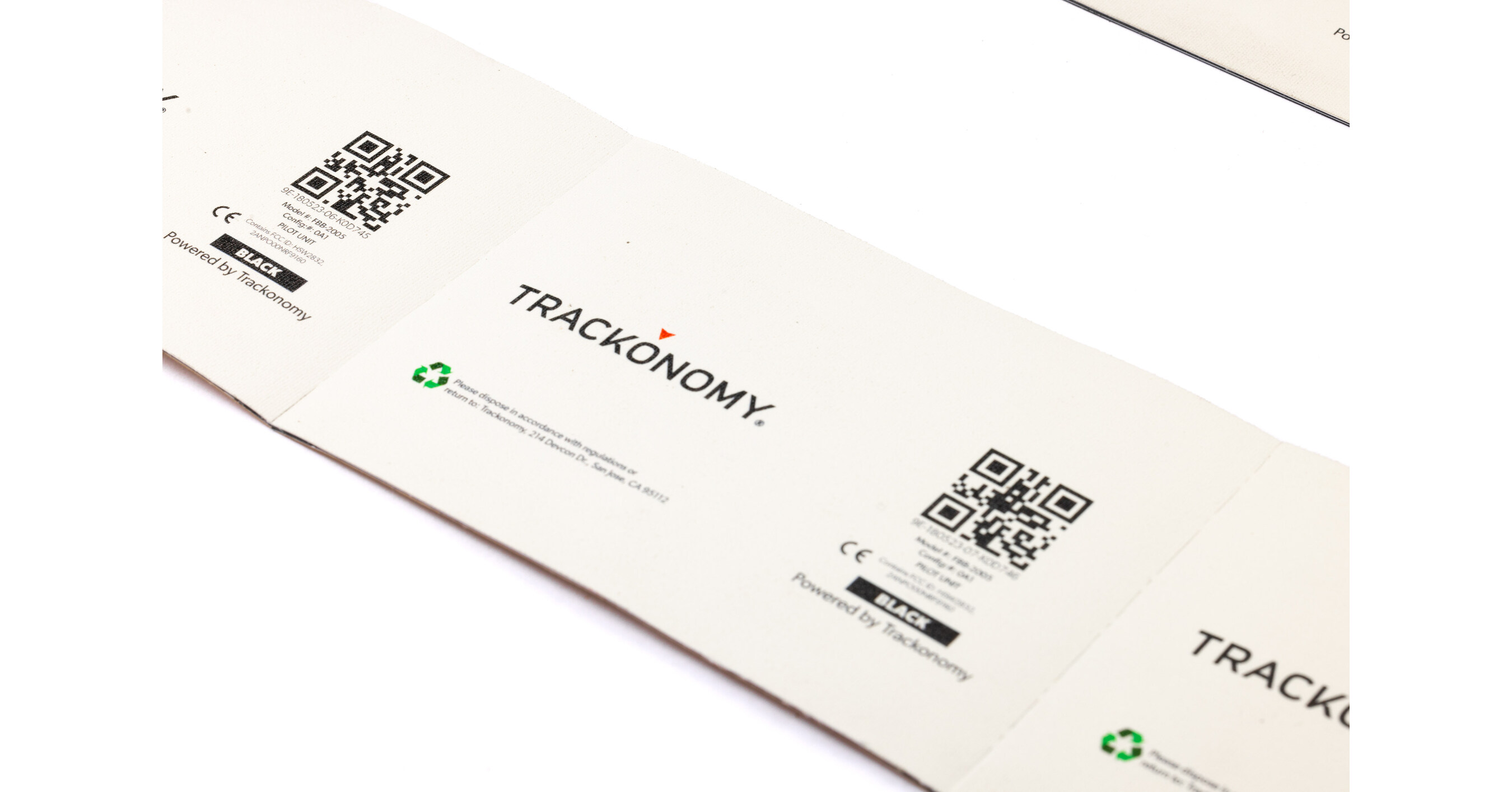
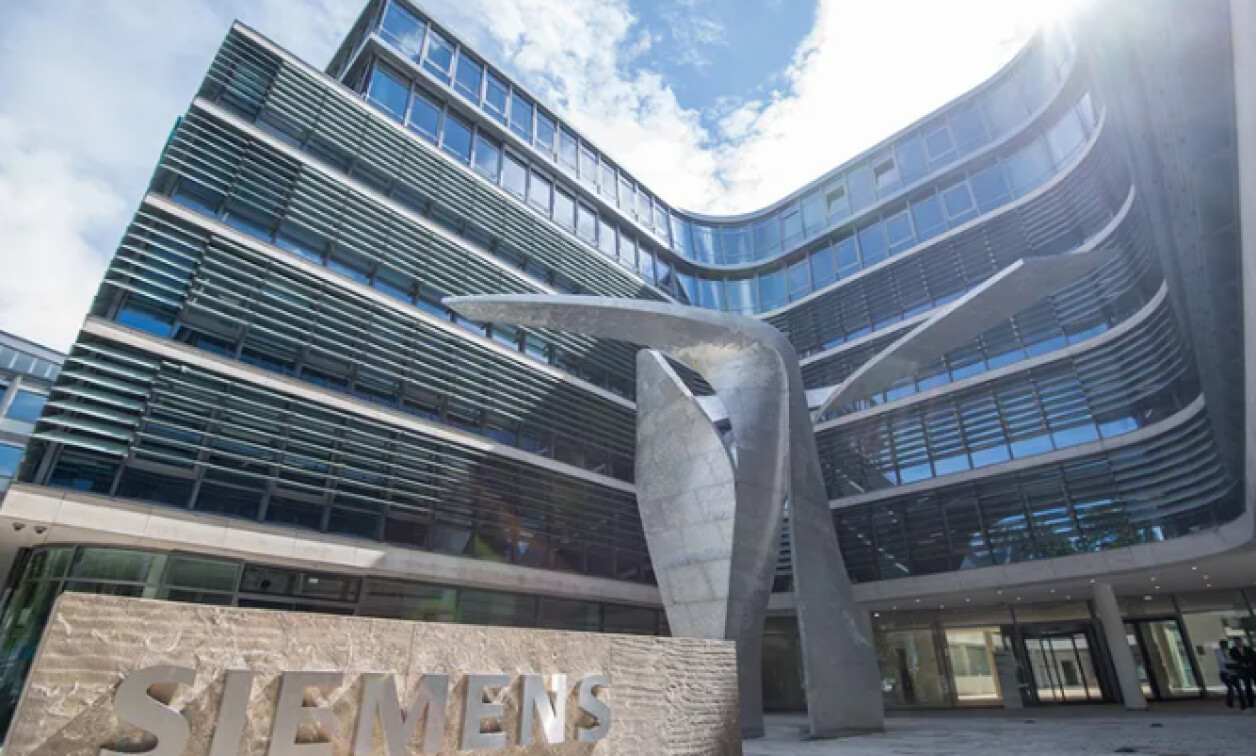
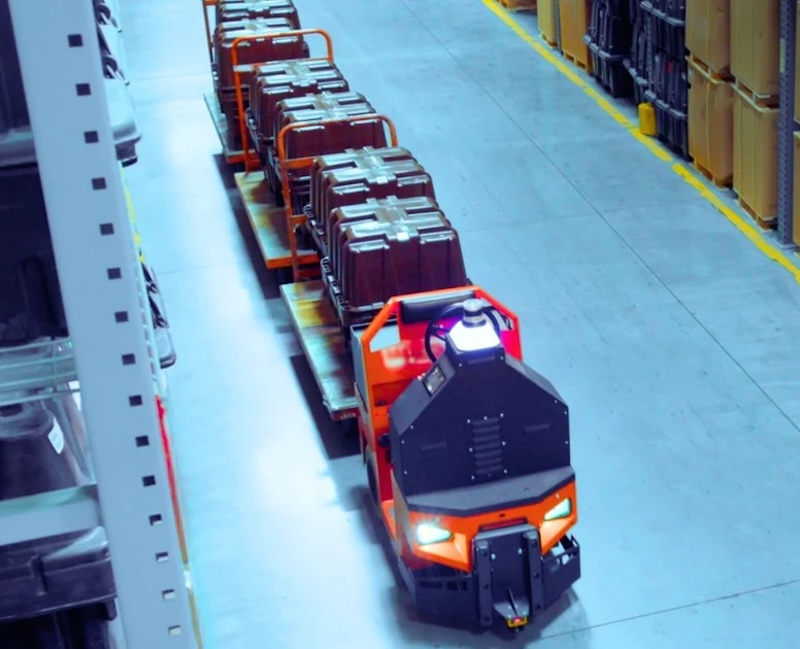
.jpg)
.png)


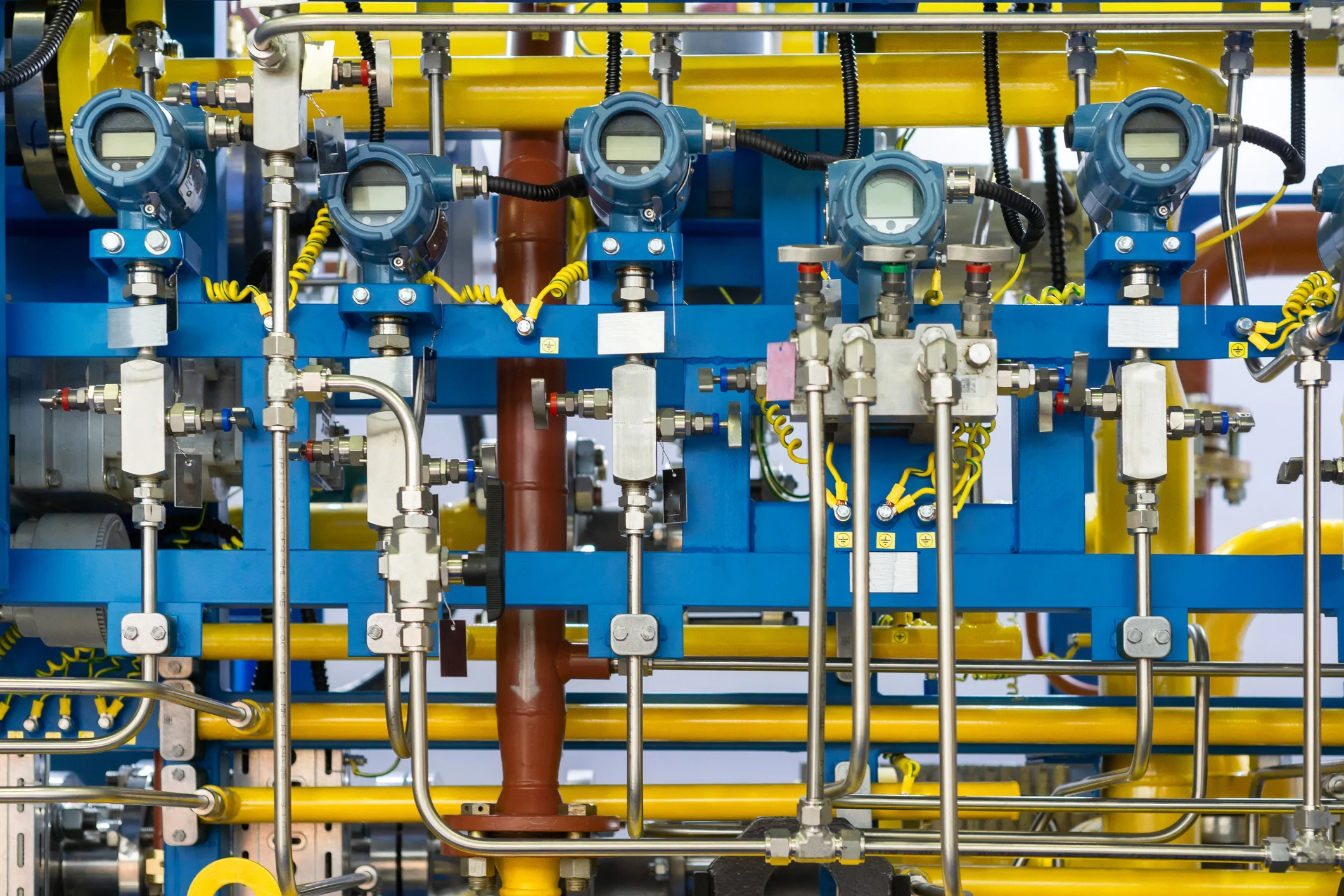

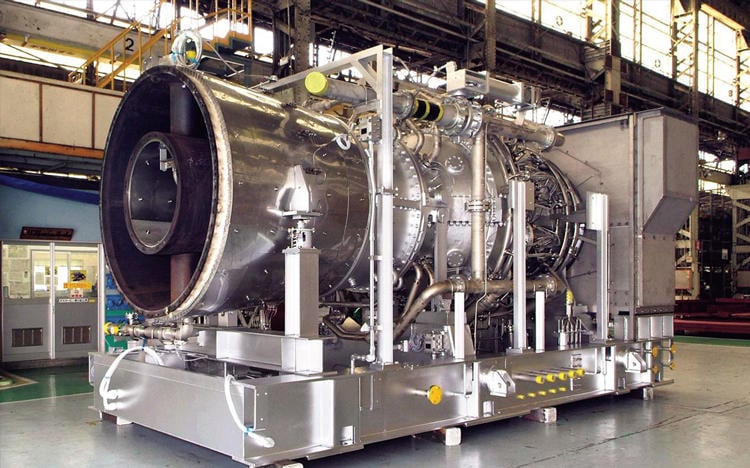
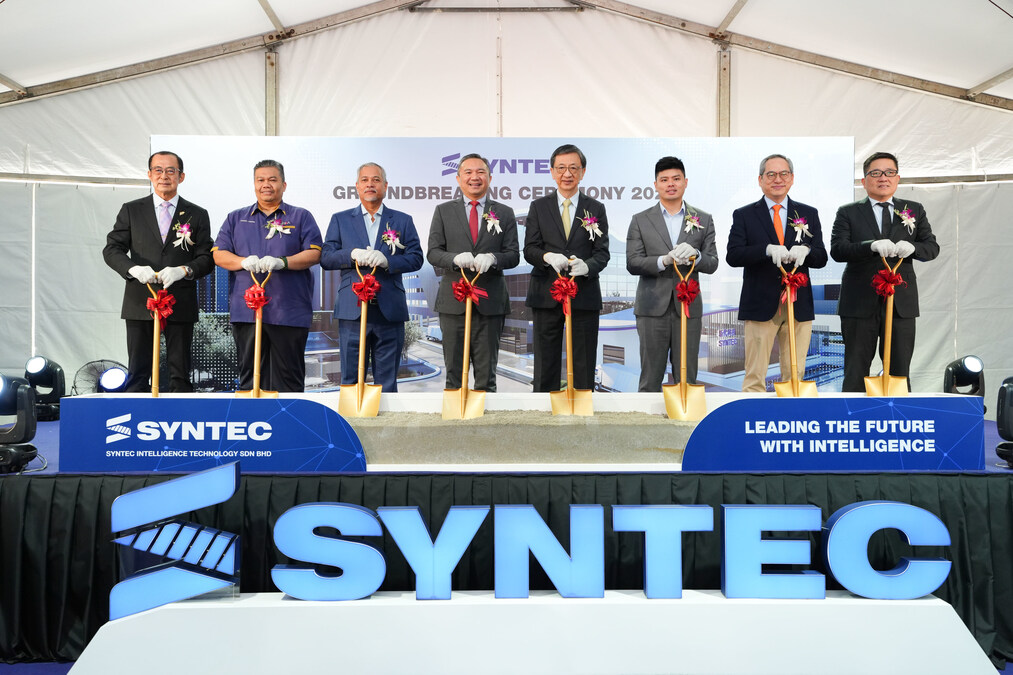

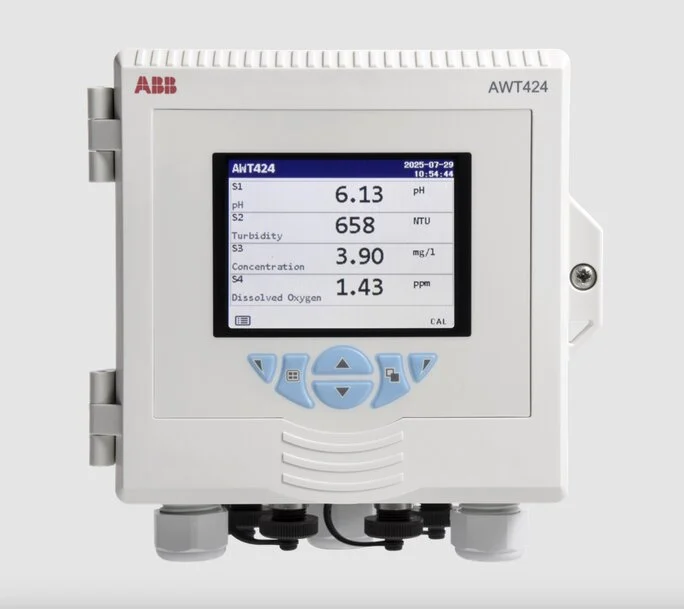

.jpg)
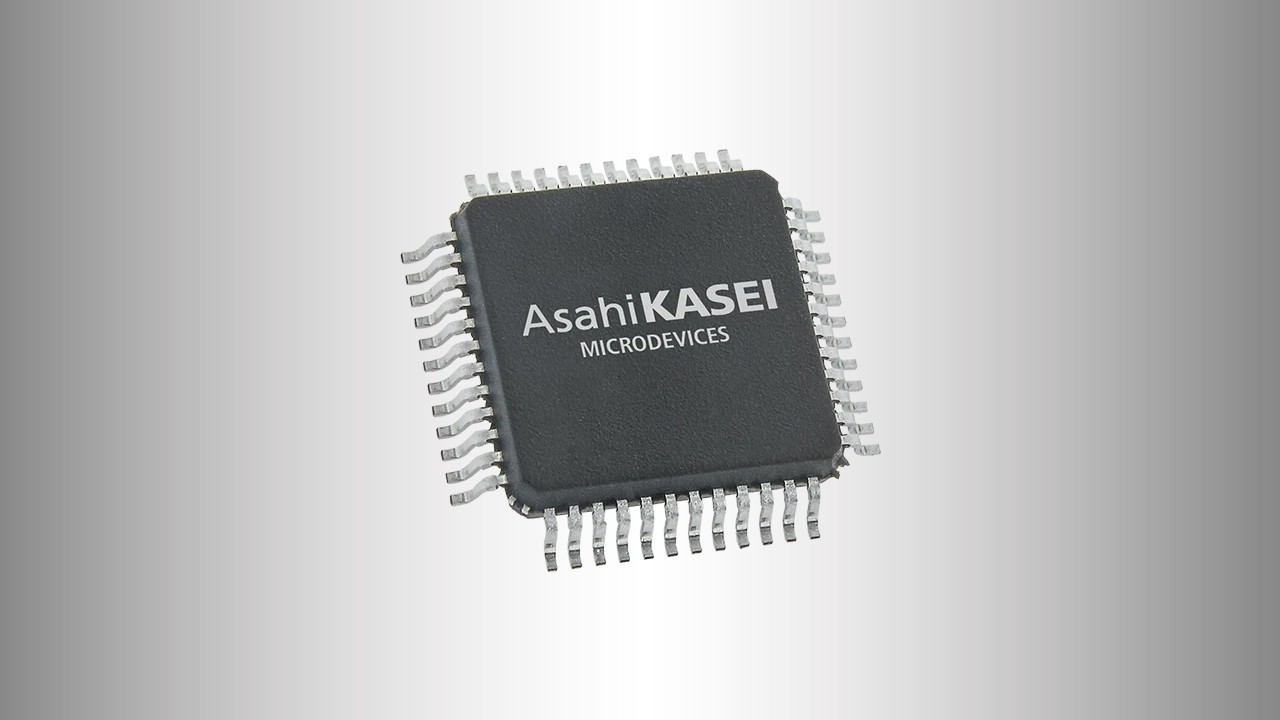
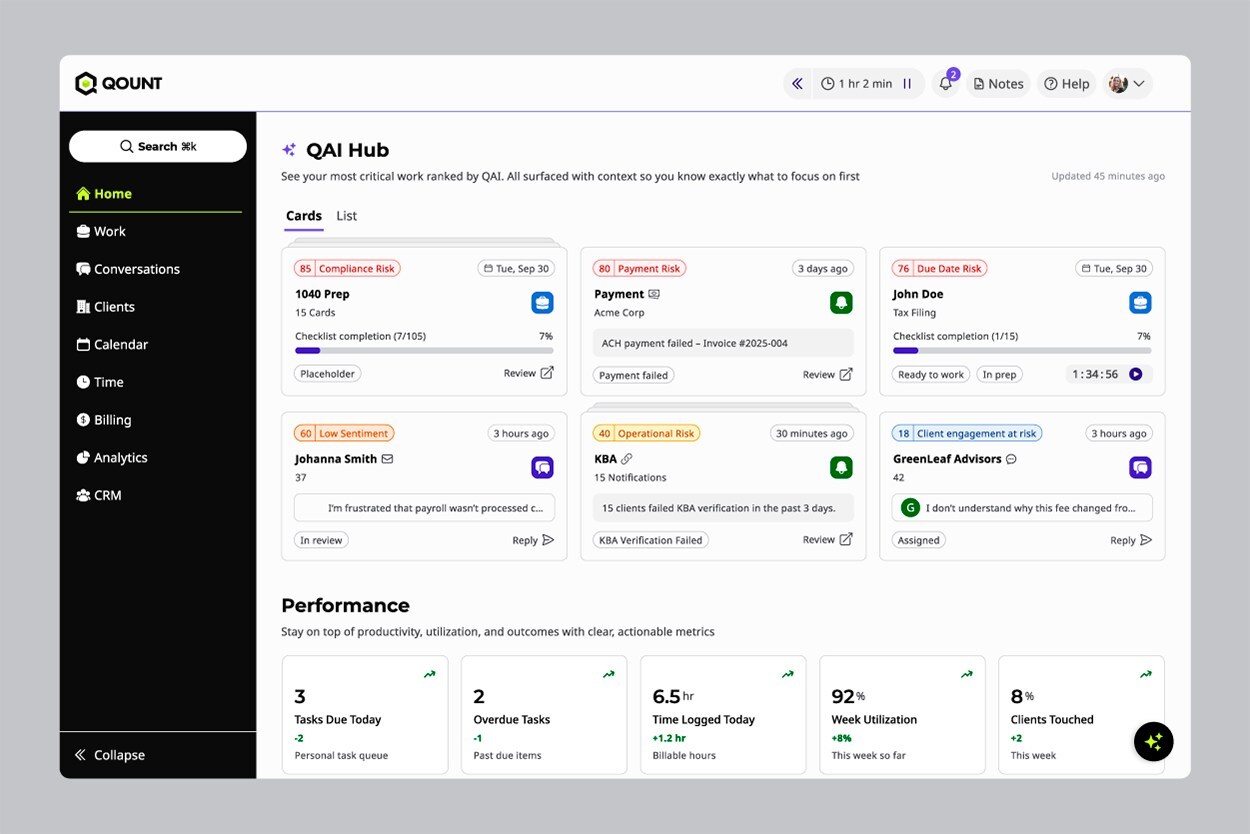

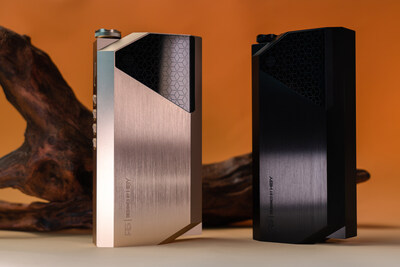







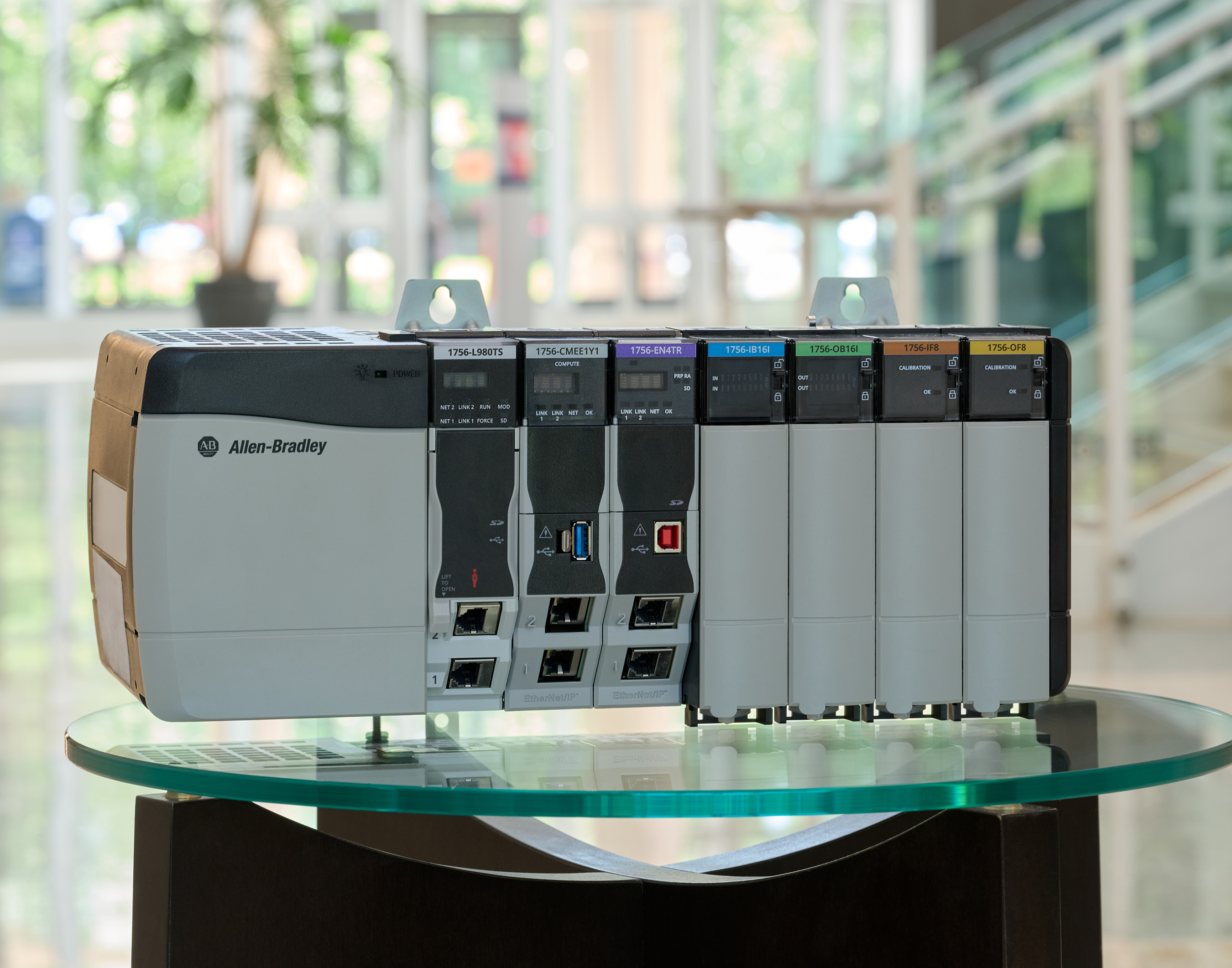

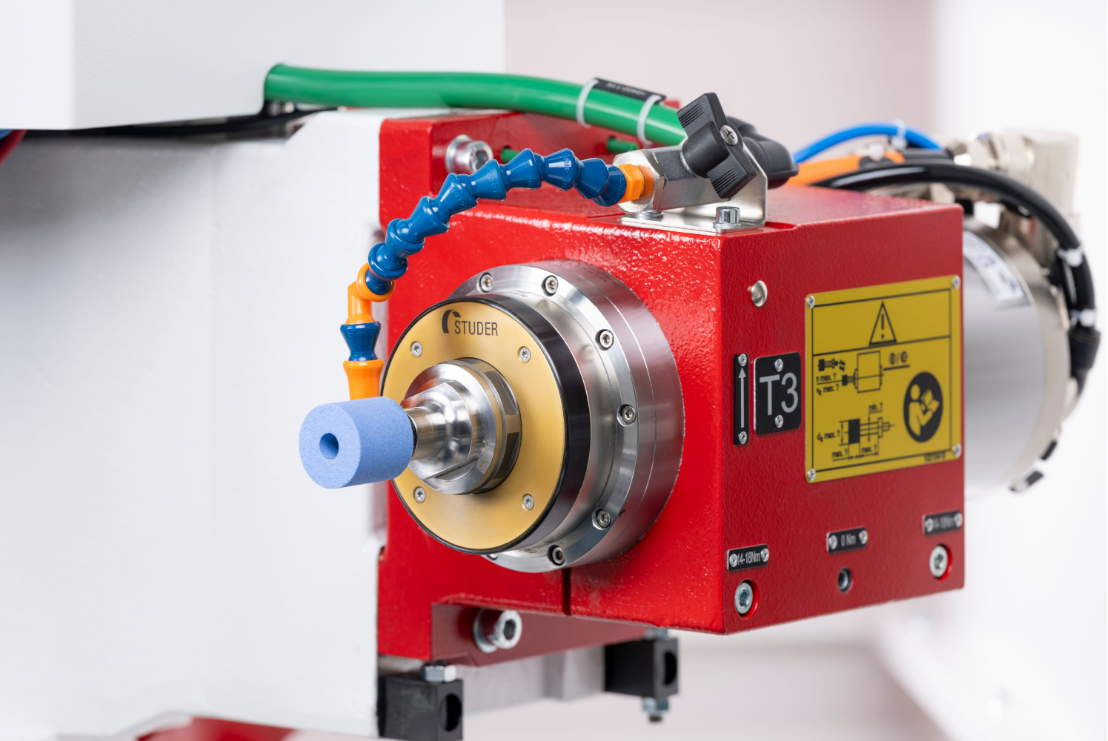

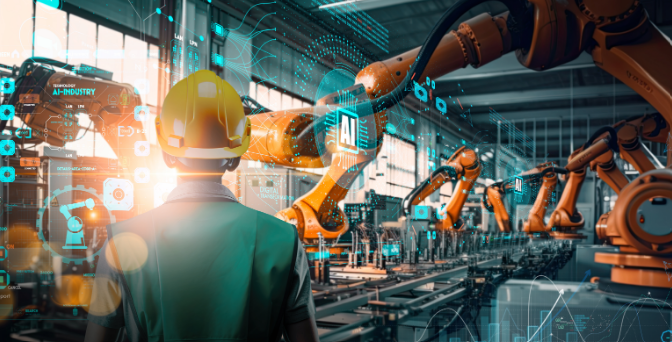



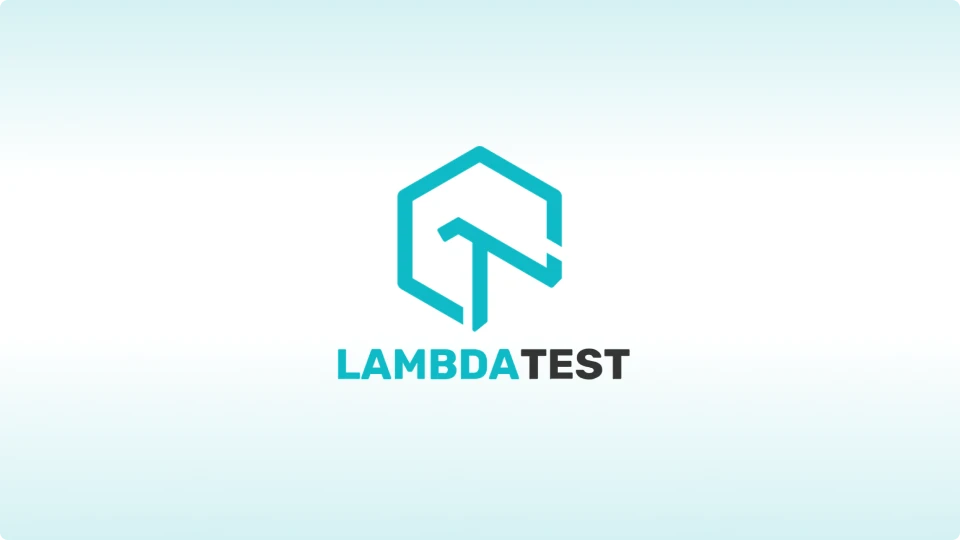
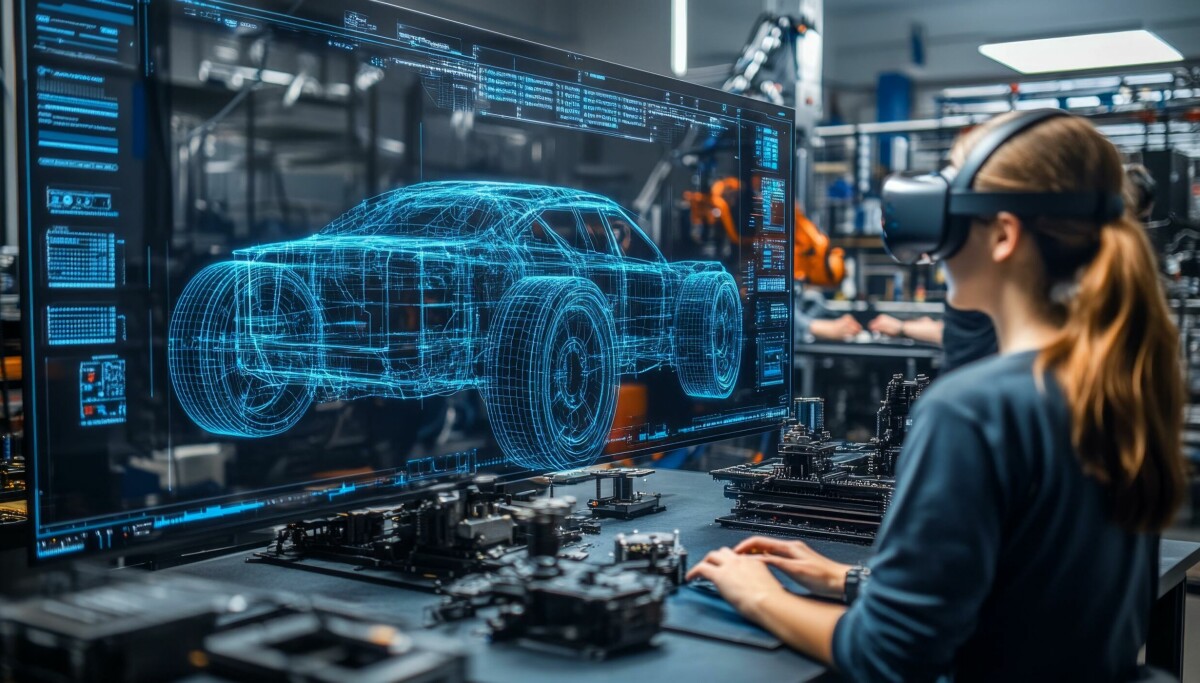

.png)
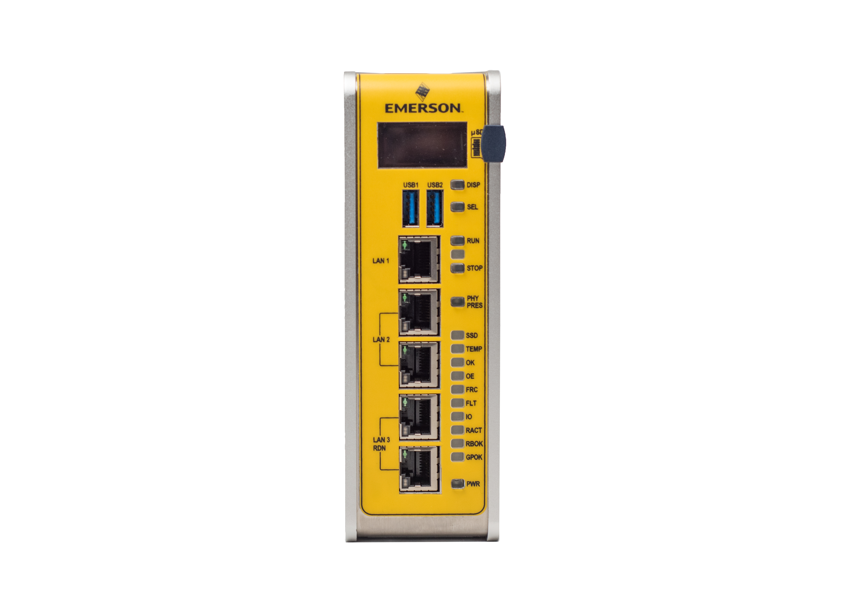
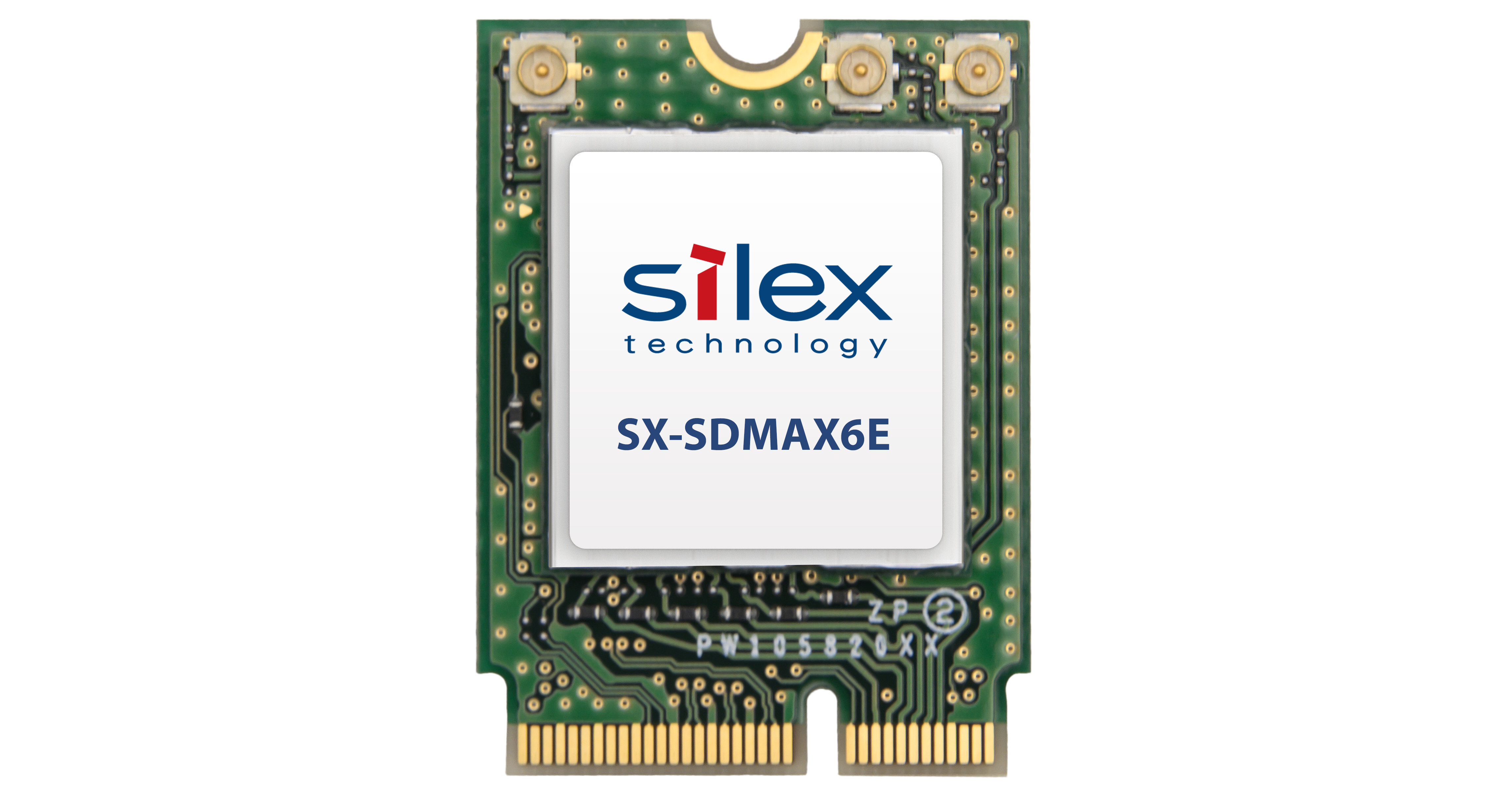



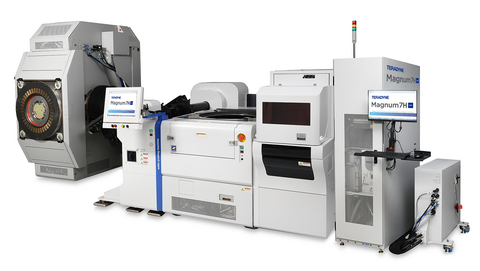
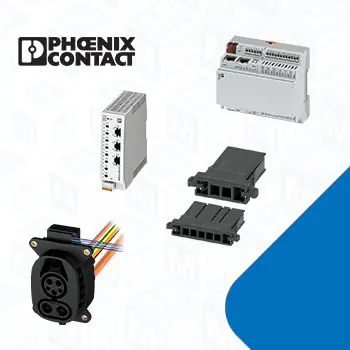

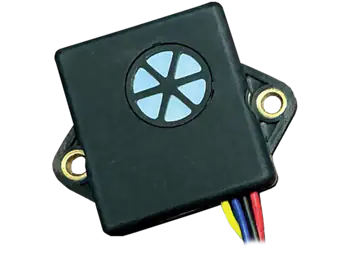


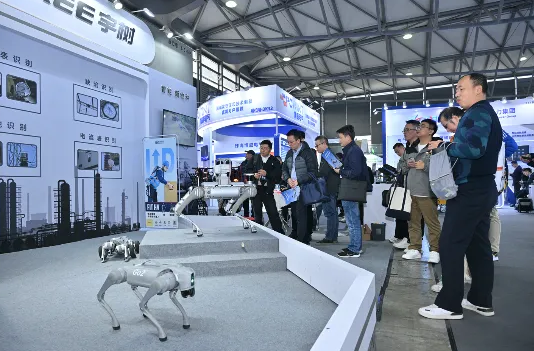
.png)





























.png)











.png)












